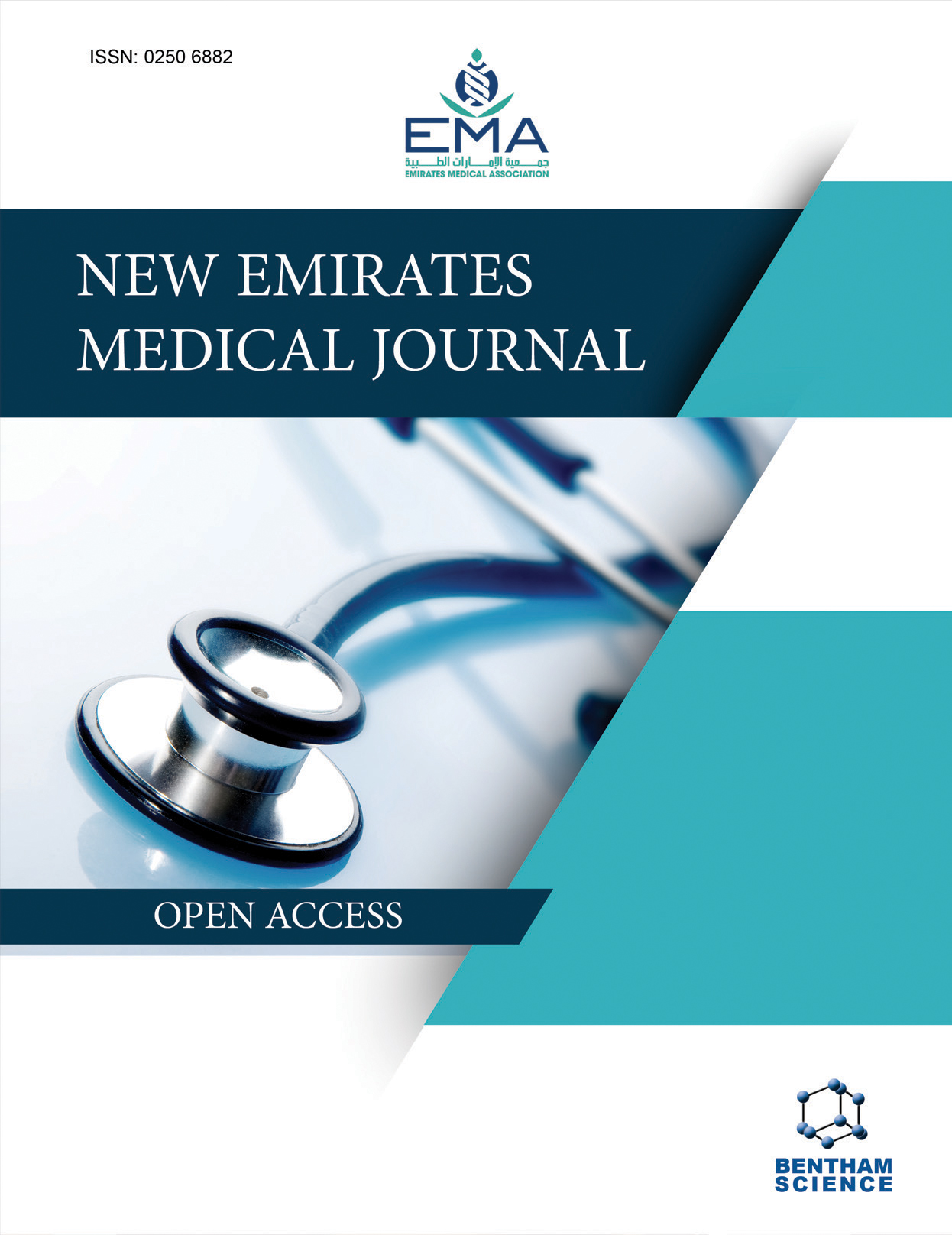-
oa Facilitating Implementation of Addictive Learning across Medical Institutions
- Source: New Emirates Medical Journal, Volume 5, Issue 1, Jan 2024, E02506882362159
-
- 10 Oct 2024
- 10 Jan 2025
- 01 Jan 2024
Abstract
Addictive learning in the field of medical education refers to the process wherein medical students are highly engaged in the learning process. The aim of the current article is to evaluate the effectiveness of addictive learning strategies, identify barriers, and propose solutions to effectively implement addictive learning in medical education. Addictive learning ensures an increase in the level of student engagement, which in turn determines a better understanding of complex concepts, knowledge retention for longer periods of time, and development of critical thinking and problem-solving skills. Even though addictive learning has been linked with multiple benefits for students, it has its share of challenges, such as a mismatch between engagement and learning objectives, superficial learning, lack of accessibility and inclusivity, questionable long-term effectiveness, concerns about data privacy and security, rising costs, etc., in the educational settings. In conclusion, addictive learning in medical education plays an important role in facilitating learning among medical students. However, this process of planning and implementation of addictive learning in medical education delivery has been linked with multiple concerns. The need of the hour is to adopt a comprehensive package of interventions, such as faculty training or curriculum design, to enable its successful implementation in medical colleges.


